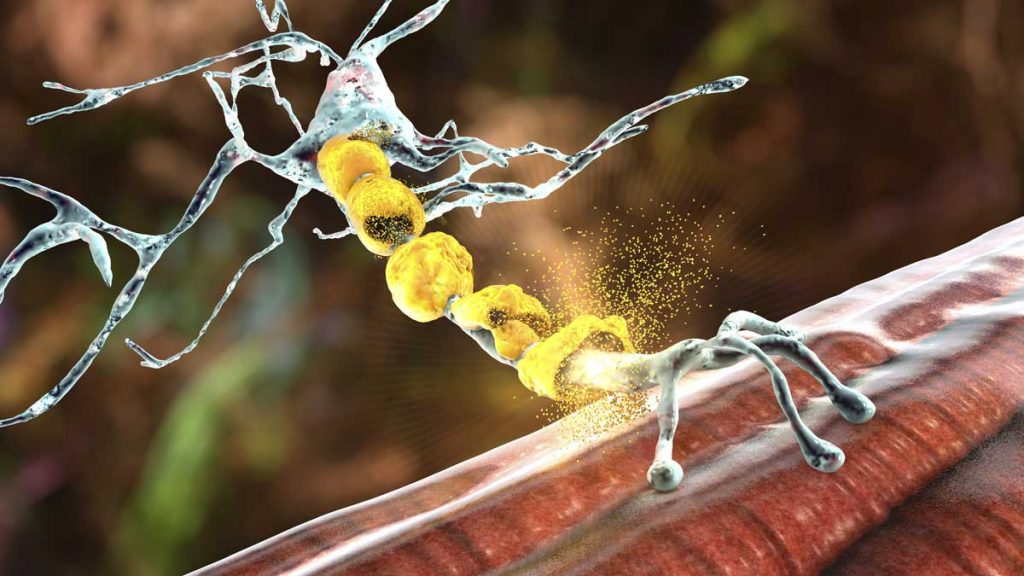
Does it feel like your aging brain cells have been firing a little slower lately? Why not refresh your connection and speed up your synaptic signal transmission with a visit from your oligodendrocyte myelin repair technicians. Their youthful TET1 and DNA hydroxymethylation repair kit will bring you back to fiber-optic speeds in no time.
This stimulating study led by Patrizia Casaccia from the Neuroscience Initiative Advanced Science Research Center at the City University of New York (CUNY) brings forth a new understanding of how myelin repair happens in the adult nervous system. In young adults, myelin repair via oligodendrocytes requires DNA hydroxymethylation catalyzed by TET1, and it’s defective in old mice. Specifically, by comparing the proportion of spinal cord oligodendroglial cells with high DNA methylation and hydroxymethylation levels on postnatal days 7 and 60, they found that:
- There is age-dependent DNA hydroxymethylation during myelin regeneration, as assayed by comparing immunoreactivity for 5 methylcytosine (5mC) or hydroxymethylcytosine (5hmC) in oligodendroglial cells, where young mice have the demethylation advantage
- Remyelination after injury is efficient in young mice and impaired in old mice
- Only TET1 (not TET2) shows age-dependent decline (detected via single-cell rt-qPCR)
Then, they turned to functional studies and found that:
- Tet1 ablation during development in oligodendrocyte progenitor cells mimics the defective myelin regeneration seen in old mice, including defective DNA hydroxymethylation
- The expression of myelin repair genes (measured by RNA-sequencing) is modulated by DNA hydroxymethylation (measured by reduced representation hydroxymethylation profiling (RRHP)
- SLC12A2, a TET1-target gene, is at the axon-myelin interface and is upregulated in adult oligodendrocytes compared to undifferentiated oligodendrocyte progenitor cells
- TET1 overexpression induces Slc12a2 upregulation
- Ablation of Slc12a2 in zebrafish mimics axon swelling observed in young Tet1 mutant and old wild type mice
First author Sarah Moyon explains, “We found that TET1 levels progressively decline in older mice, and with that, DNA can no longer be properly modified to guarantee the formation of functional myelin.” Senior author Patrizia Casaccia concludes, “This newly identified age-related decline in TET1 may account for the inability of older individuals to form new myelin. I believe that studying the effect of aging in glial cells in normal conditions and in individuals with neurodegenerative diseases will ultimately help us design better therapeutic strategies to slow the progression of devastating diseases like multiple sclerosis and Alzheimer’s.” Schedule your myelin repair appointment by checking in with Nature Communications, June 2021.




